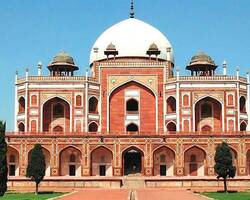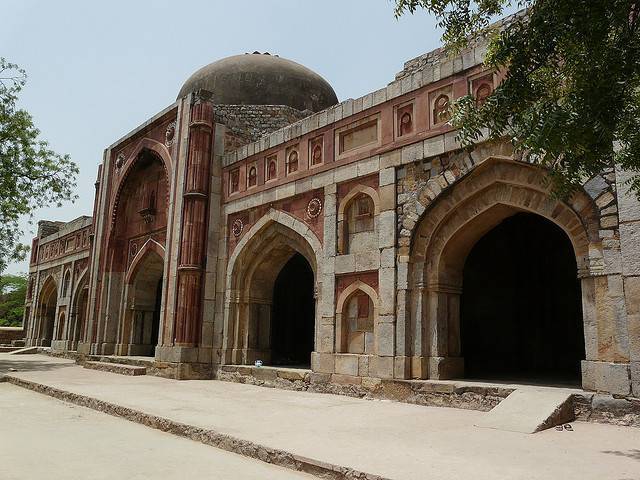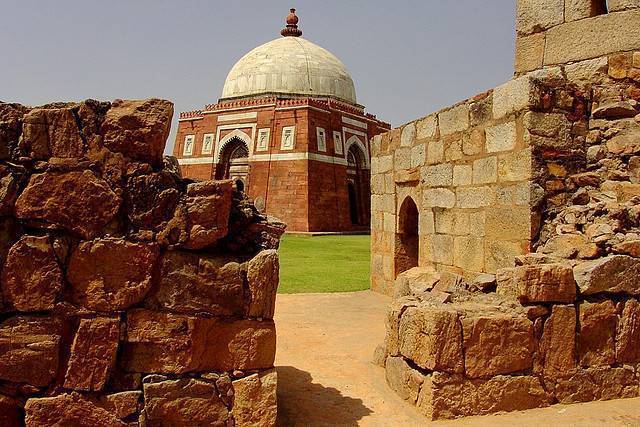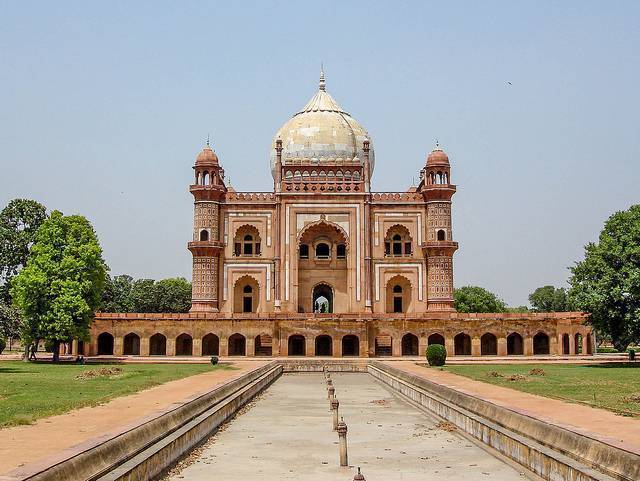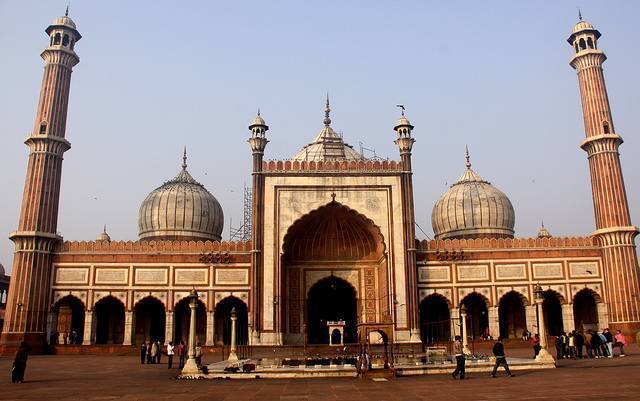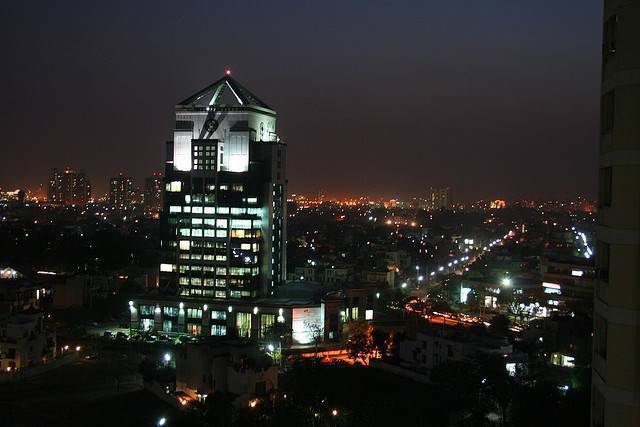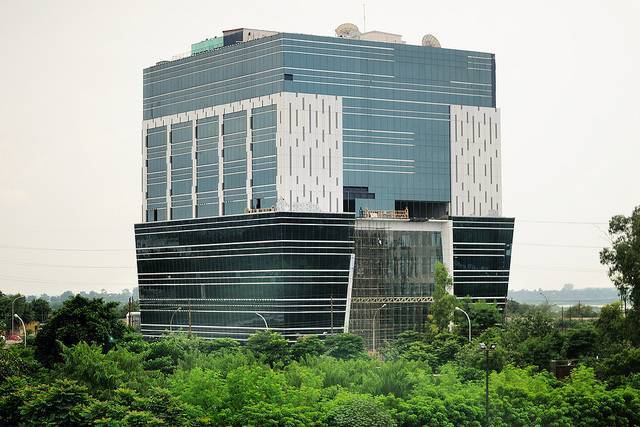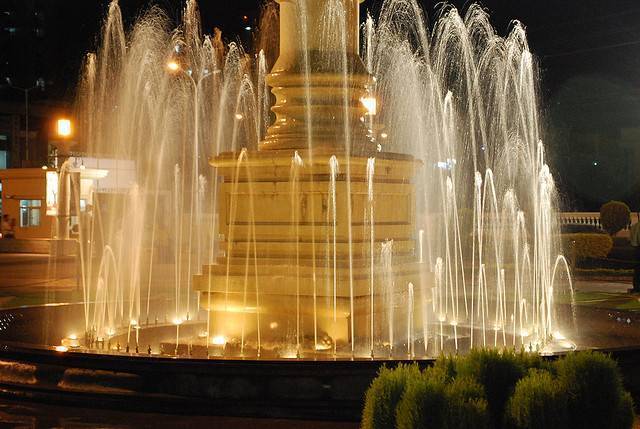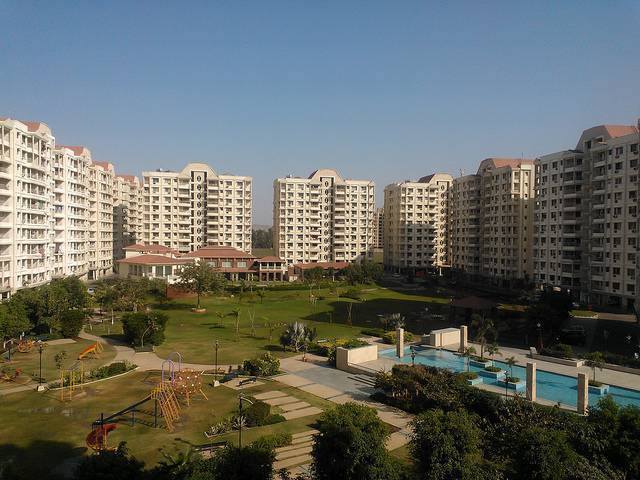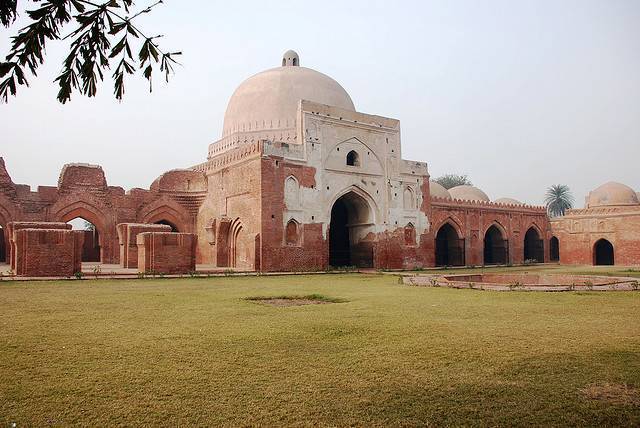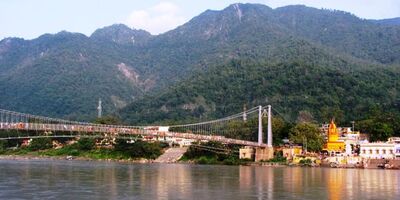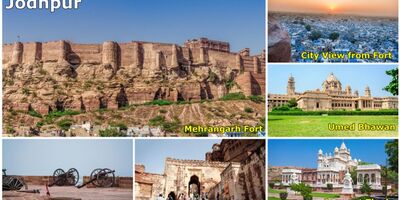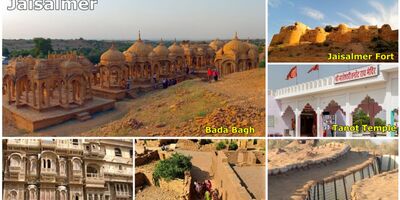Qutab Minar , New Delhi
About Qutab Minar
Located in the Mehrauli area of Delhi, the Qutub Minar, a UNESCO World Heritage Site attracts hordes of local and international tourists. The 73m tall tower keeping an eye on the entire city, is made of red sandstone and marble. It is the highest brick minaret in the world. The construction of this tower of victory was started by the founder of the Mamluk Dynasty in Delhi, Qutb ud-Din Aibak in 1192. It was completed by his successor and son-in-law Iltutmish in 1220.
Qutub Minar (also known as, Qutab/Qutb minar) is one of the tallest monument in contemporary India. Qutab Minar dates back further than the other Mughal structures such as Humayun’s Tomb and the Red Fort. The Minar ranges from an approximate of 15m at the bottom to a mere 2.5 at its peak. It has five storeys with five different architectural designs and projecting balconies. The first three stories are a product of red sandstone; the 4th and 5th of marble and sandstone. Qutbu l-Din Aibak, the first Mughal ruler of India, was the one to commission the minaret and the construction was further completed by his successor, Iltutmish. However, claims have been made of its construction way before the Hindu Empire.
It is said that Aibak constructed the minaret as a memoir for the Muslim Sufi scholar and mystic of the Chishti Order, Qutbuddin Bakhtiar Kaki. There a variety of beliefs and legends which surround the origin of this minaret. While some scholars believe it is an architectural symbol which marks the beginning of Muslim rule in India others say the muezzins used to pray from there. It is believed that at one time the minaret solved the purpose of issuing of the ajhan – call to pray.
The soaring monument marks the victory of Qutbu l-Din Aibak against the last Hindu emperor and the dawn of the Muslim rule in India.
Many other monuments and buildings share a significant historical bond with the minaret and are located near it. All such monuments and buildings form the Qutb Complex. The Quwwat-ul-Islam Mosque (the first mosque built in India), The Iron Pillar, Iltutmish’s Tomb are some sites which tourist can visit at the Qutub Complex.
Entry inside the Qutub Minar itself is closed to public since 1981, while Qutub archaeological area remains open for public. The premises also have 7m tall Ashoka Iron Pillar. It is said that if one can encircle it with their hands, with their back facing the pillar, their wish will be fulfilled.
To make their trip memorable visitors could also purchase souvenirs from various stalls found in and around the complex. They could also visit nearby places like the Lodhi Garden, Khan Market, and Delhi Haat.
In the past, the monument has been subjected to earthquakes and lightening, yet it still stands tall, all mighty and glorious. It is a wonderful work of Mughal architecture and a touristy place. It is located 2.2 km away from the nearest metro station and harbours a green and peaceful environment. If you’re in Delhi make sure this is in your list.
History and Significance
Built in the early 13th century by Qutb-ud-din Aibak, the first Sultan of Delhi, Qutub Minar holds historical significance as a symbol of Islamic rule in India. It was constructed to celebrate Muslim dominance after the defeat of the last Hindu kingdom in Delhi. Over the centuries, it has survived earthquakes and other natural calamities, standing tall as a UNESCO World Heritage site since 1993.
Architectural Marvel
The Qutub Minar is renowned for its architectural brilliance, blending Indo-Islamic and Afghan architectural styles. Standing at a height of 73 meters, it is the tallest brick minaret in the world, adorned with intricate carvings and verses from the Quran. The five distinct stories with balconies projecting outward add to its grandeur, each showcasing unique craftsmanship and detailed calligraphy.
The Iron Pillar of Delhi
Adjacent to the Qutub Minar stands the famous Iron Pillar of Delhi, dating back to the 4th century CE. Made of 98% wrought iron, this metallurgical marvel has baffled scientists for centuries due to its resistance to rust despite Delhi's humid climate. Inscriptions in Sanskrit on the pillar detail its dedication to the Hindu god Vishnu.
Surrounding Complex
The Qutub Minar complex is not just about the minaret itself but encompasses several other historically significant structures. These include the Quwwat-ul-Islam Mosque, the Alai Darwaza, the Tomb of Iltutmish, and the Ala-ud-din Khilji's Tomb. Each structure offers insights into different periods of Delhi's history, making the complex a treasure trove for historians and archaeologists.
Visiting Qutub Minar Today
Visitors to the Qutub Minar can explore its various facets, from the intricate carvings on the minaret to the serene surroundings of the complex. The lush green lawns and well-maintained gardens provide a peaceful retreat amidst the bustling cityscape of Delhi. Guided tours are available to delve deeper into the historical and architectural nuances of this iconic site.
Preservation Efforts
Efforts are ongoing to preserve and protect the Qutub Minar and its surrounding structures. Conservationists work tirelessly to maintain the integrity of the ancient monuments, ensuring that future generations can continue to appreciate their historical and cultural significance.
1 Tours & Activities in Qutab Minar
See All Qutab Minar ToursLocation & Places to Visit on Qutab Minar Map
View destinations and attractions nearby Qutab Minar, on an interactive map.
Freedom to make your own trip!
What you want, when you want and how you want.



